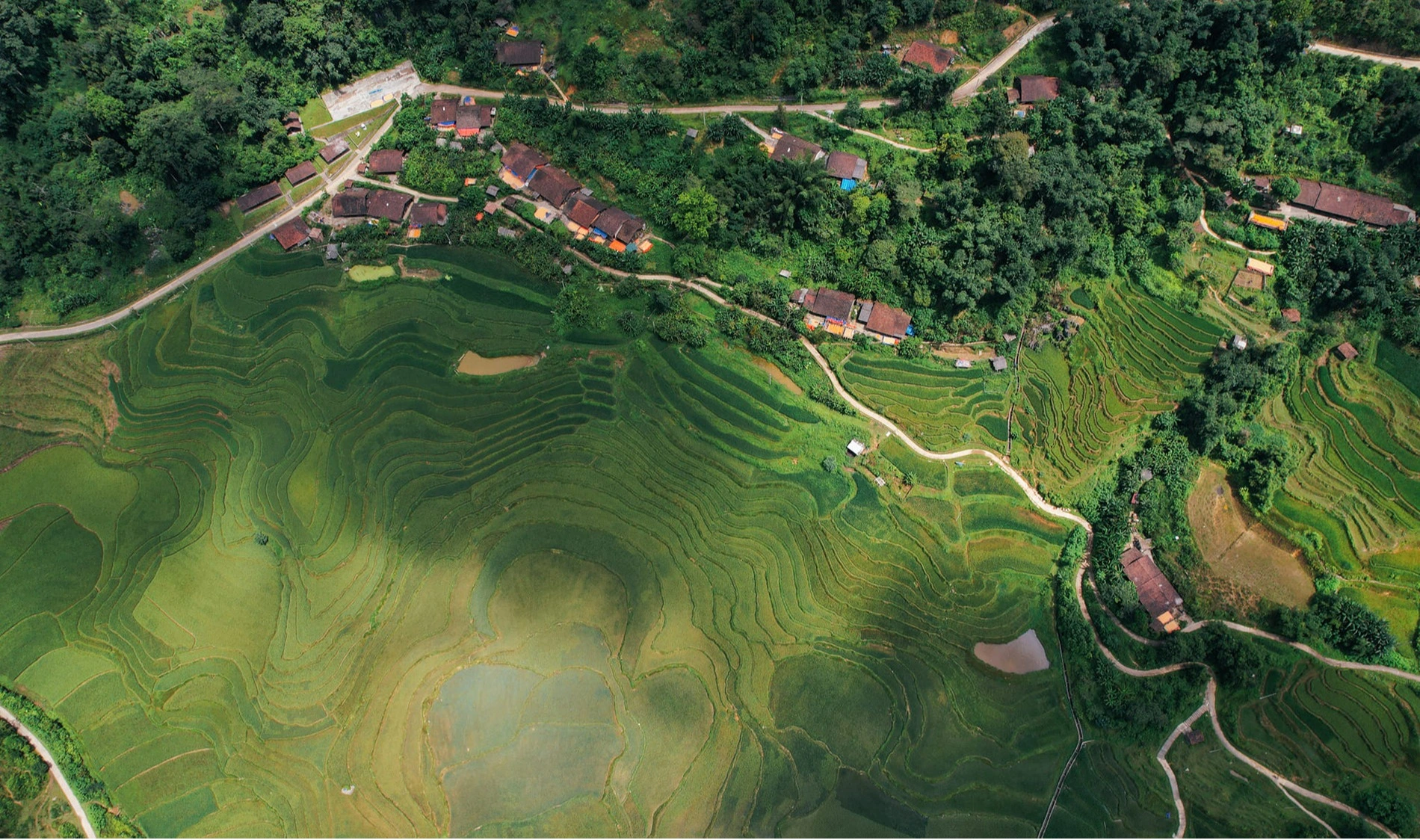In Hoai Khao, there are 34 households living and 100% are Dao Tien ethnic people. The people here still preserve and preserve almost intact the unique traditional cultural values of their nation. This place is nestled on the side of a small valley, at an altitude of more than 1,000m above sea level and still retains its rare pristine beauty.
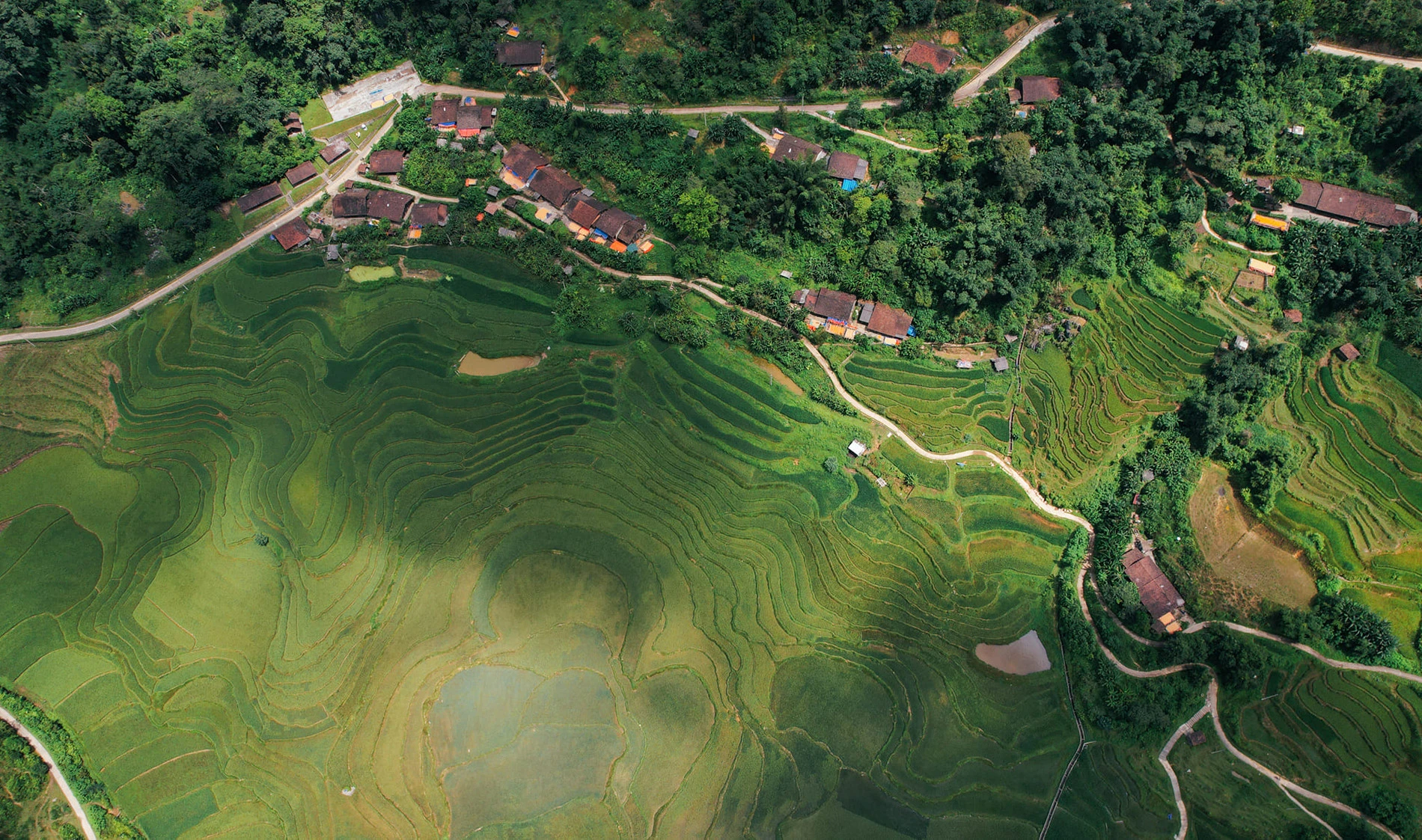
The most impressive point that visitors notice when coming to Hoai Khao is the architecture of ancient wooden houses and yin and yang tile roofs. In addition to the main house for living, each house also has a wooden grain warehouse located separately.
In addition to enjoying the pristine, peaceful and fresh landscape, visitors to Hoai Khao also have the opportunity to learn about the culture and life of the Dao Tien people with many typical activities such as silver carving, dotting patterns with beeswax, catching field carp, singing pao dung.
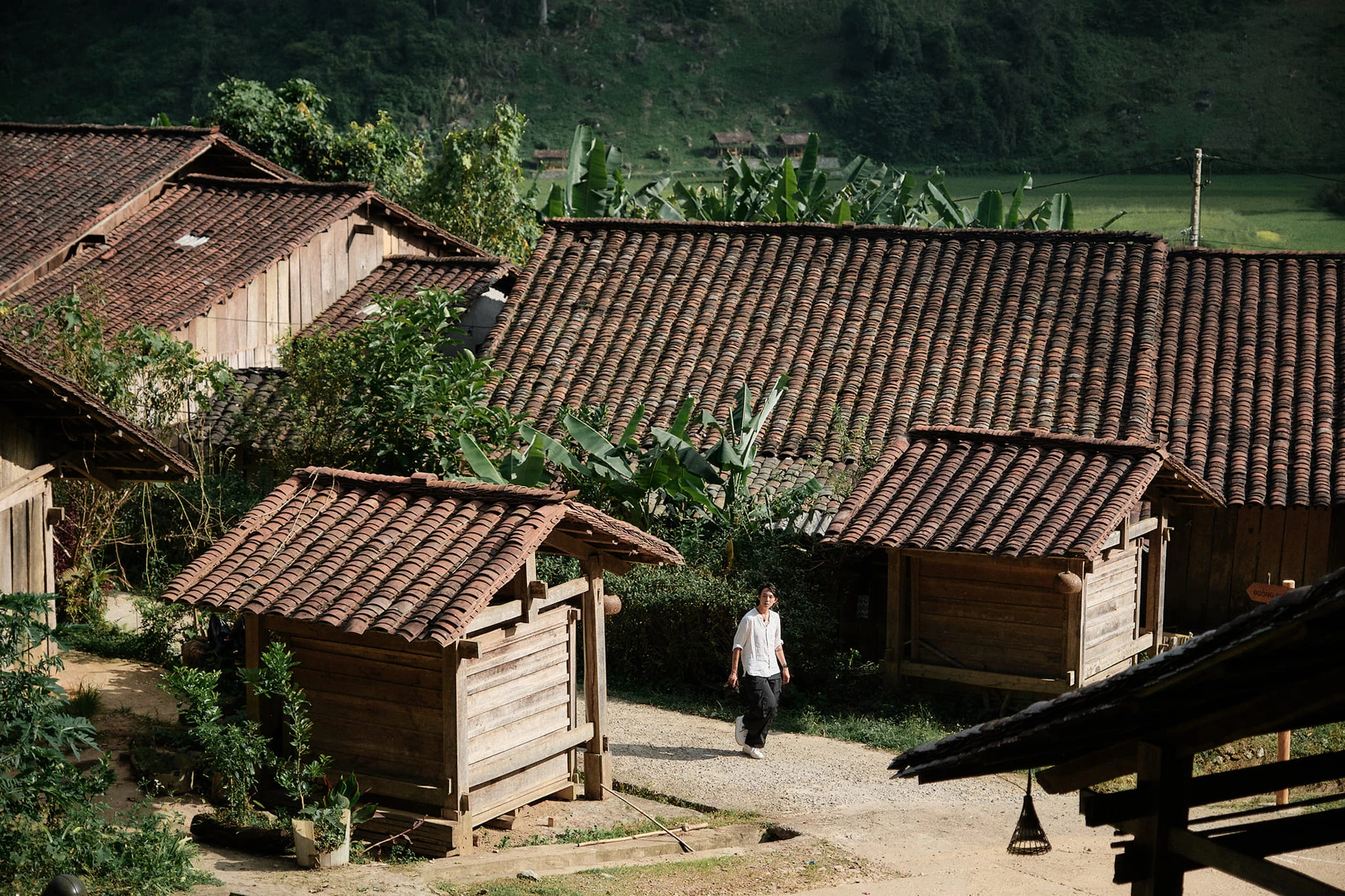
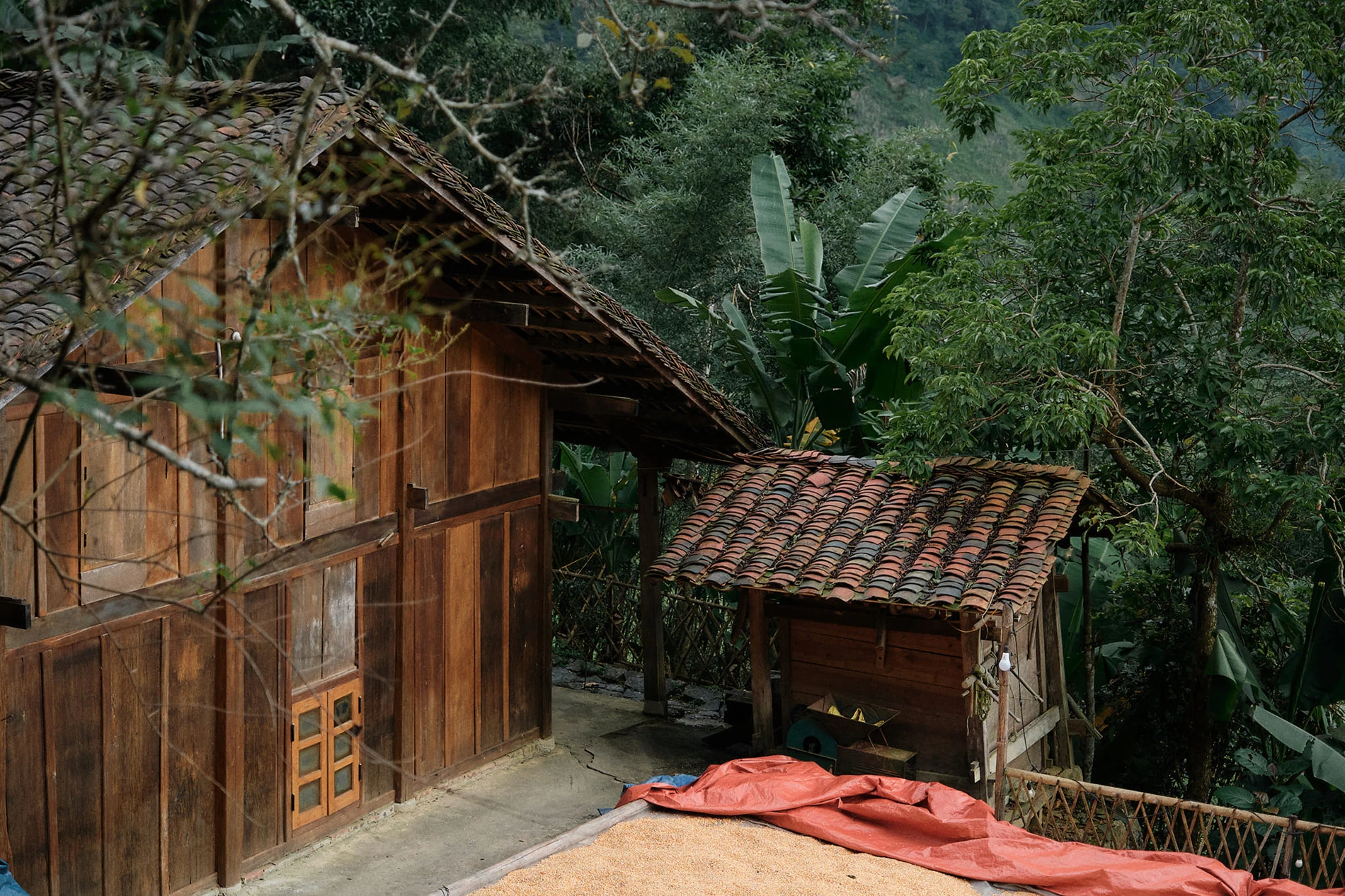
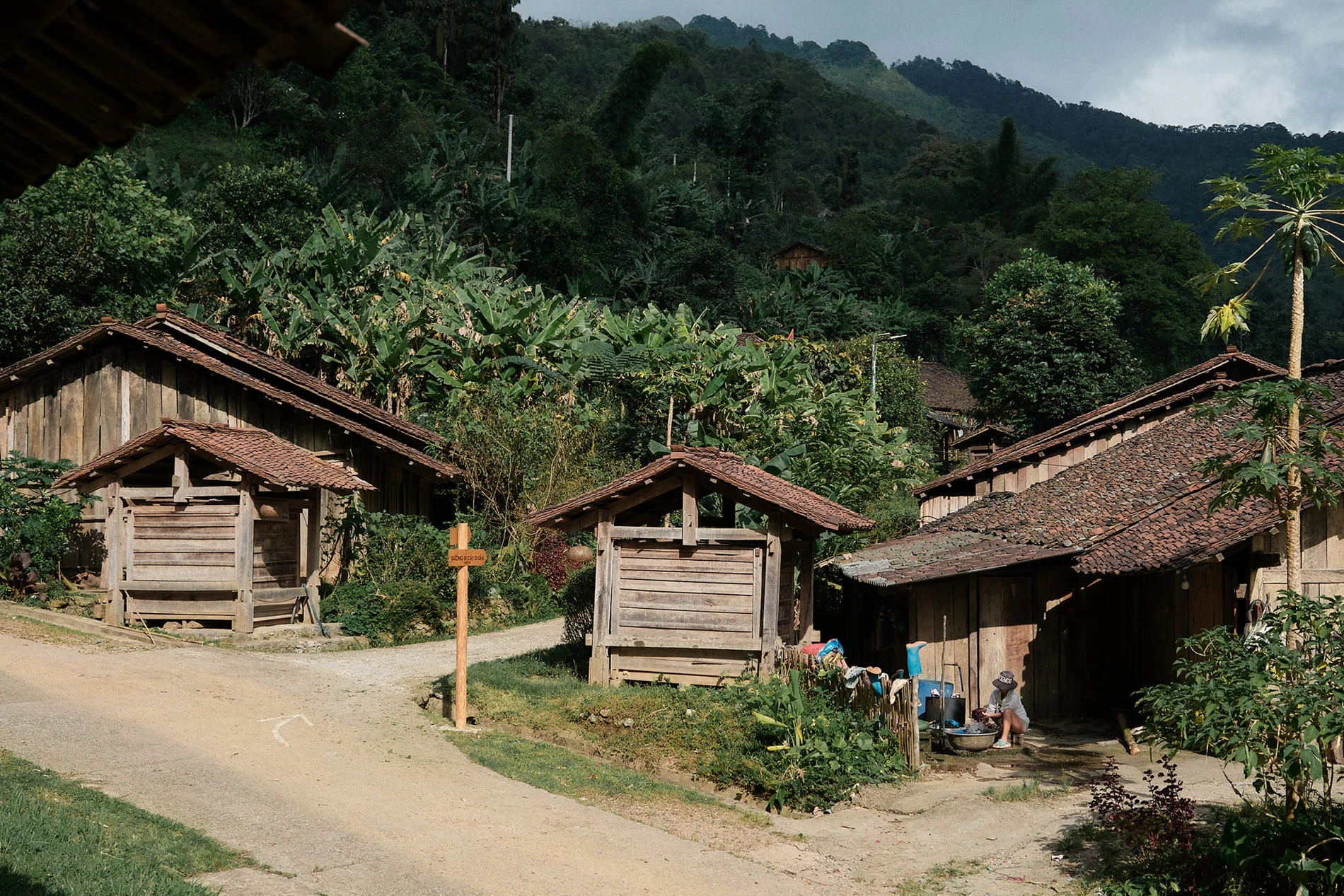
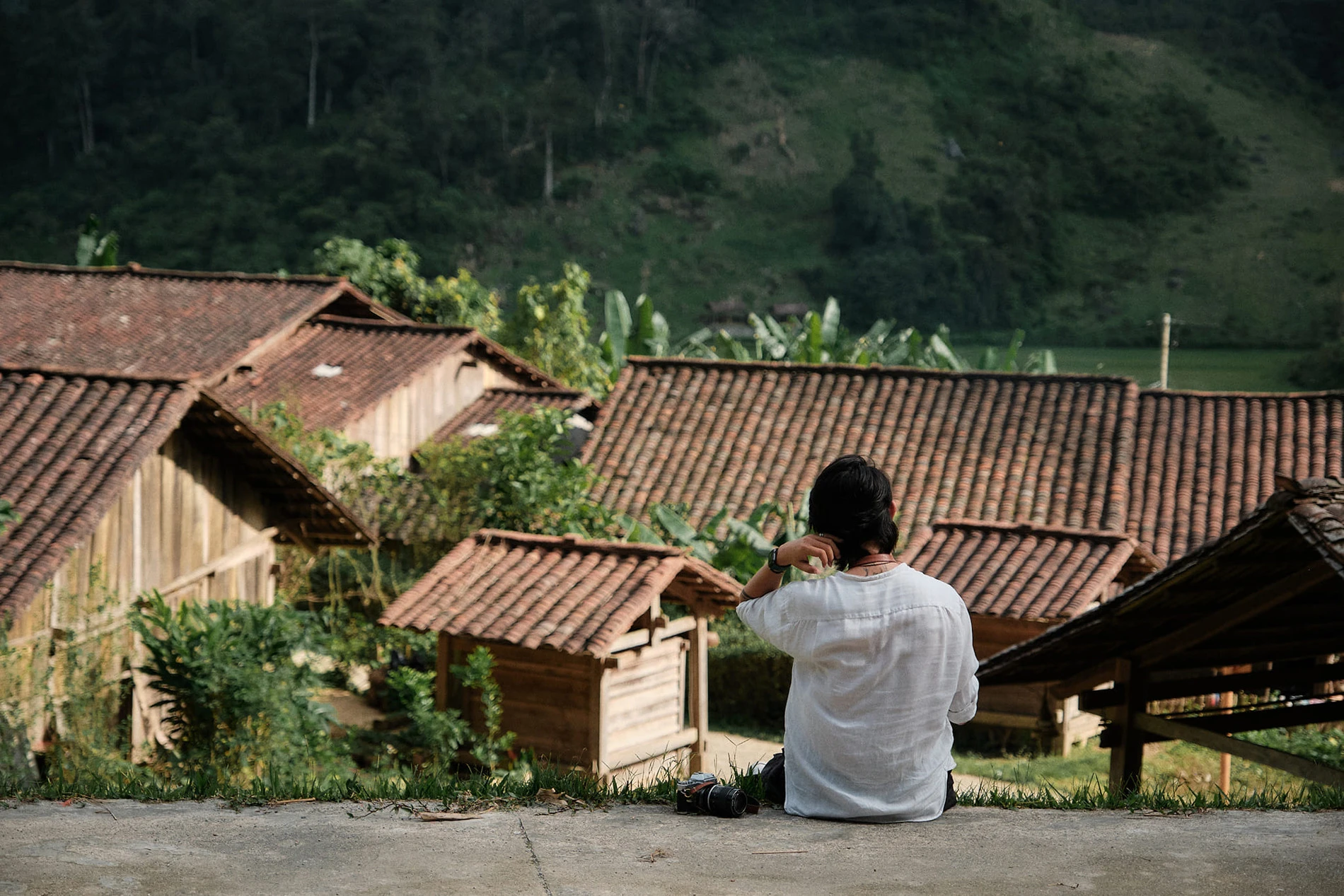
The ethnic people here have a very unique method of embroidering and printing patterns with beeswax, thereby creating sophisticated and feat costumes with all kinds of eye-catching motifs such as geometry, birds, animals, flowers, and plants,...
In addition, if tourists have a need, the people in the village will perform and recreate the coming-of-age ceremony (coming-of-age ceremony) which is only held once every 10-15 years. Each person in the village is a guide, please ask them when you come here to have the most interesting and complete experience.
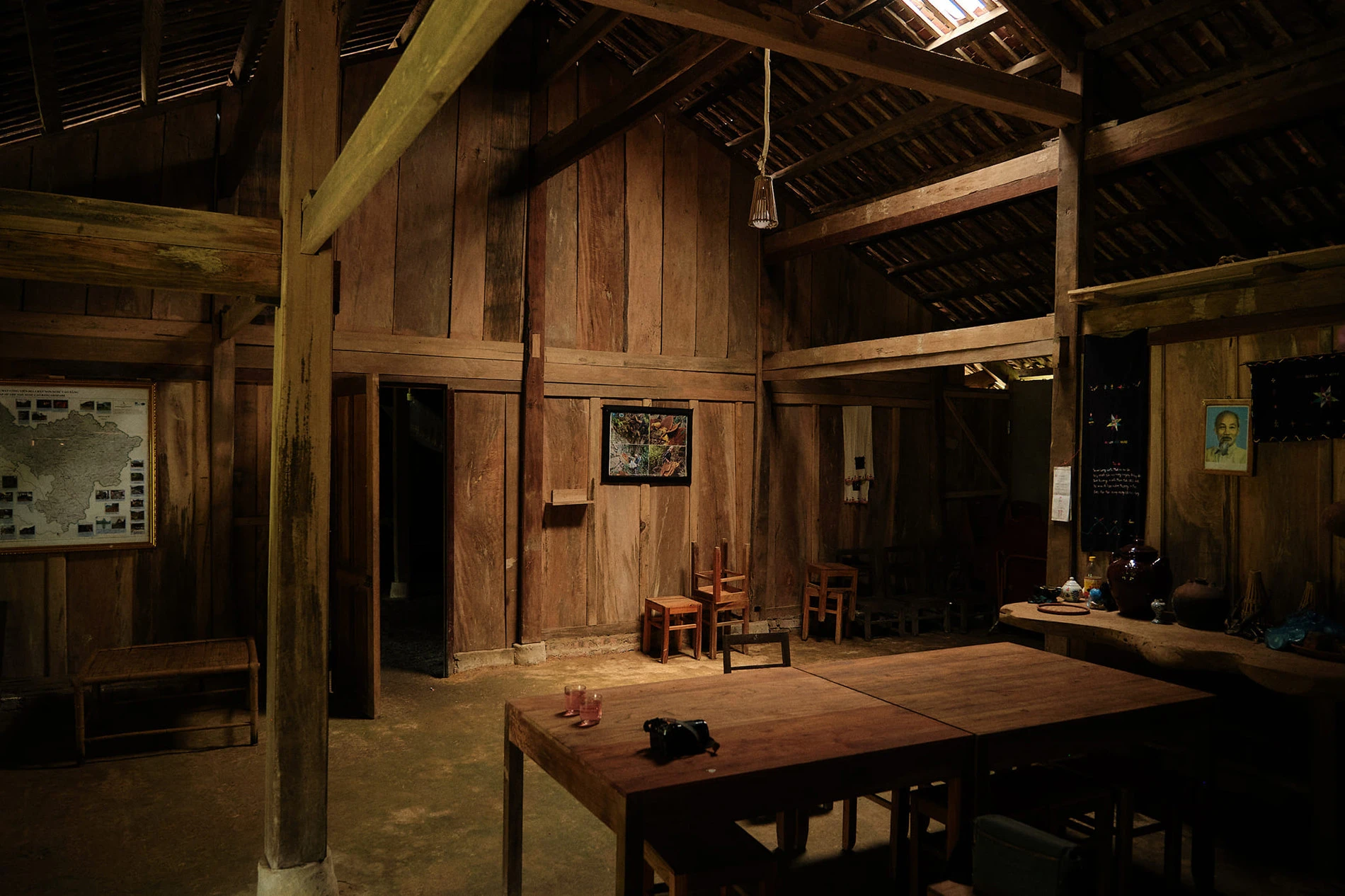
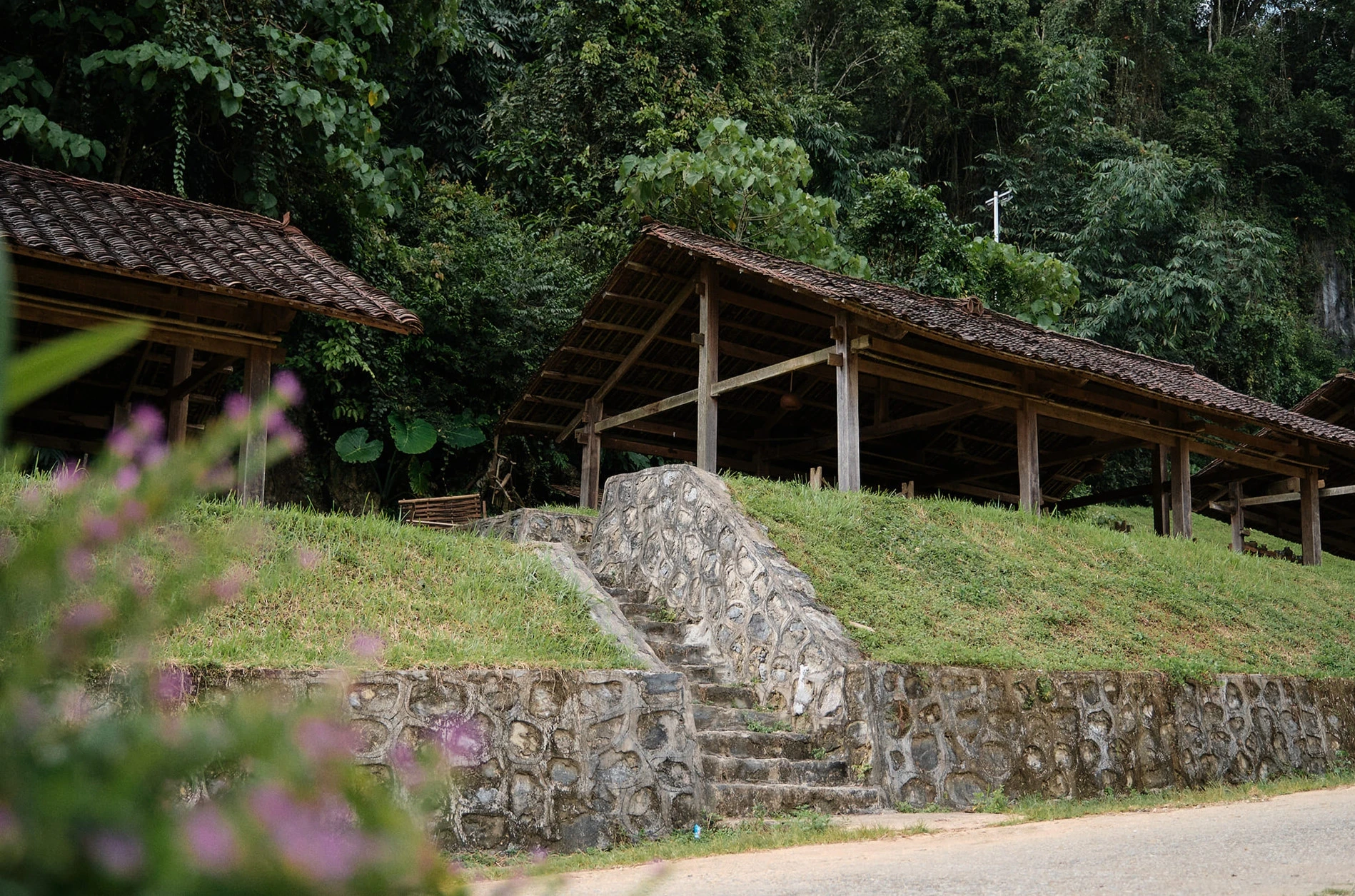
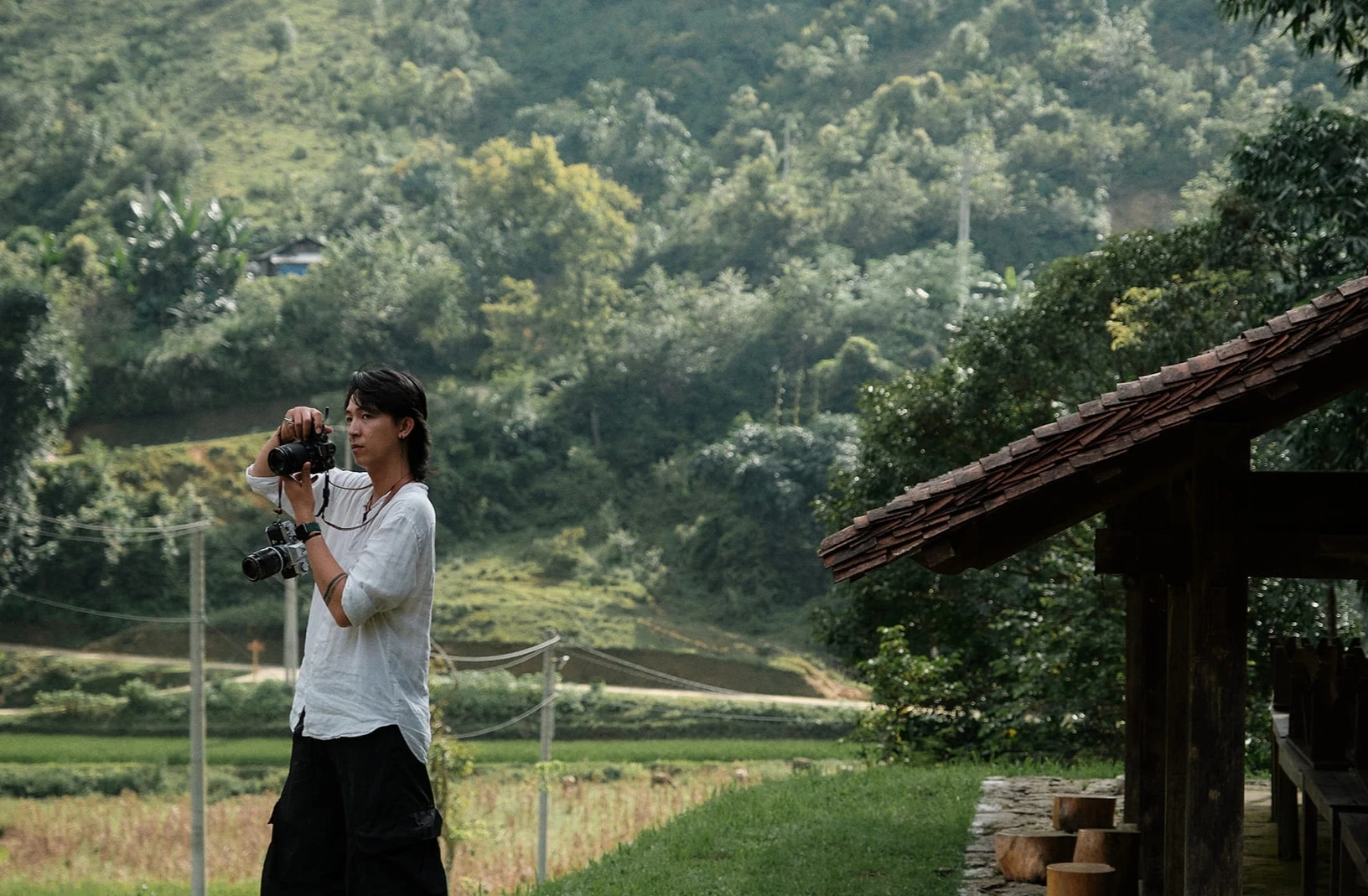
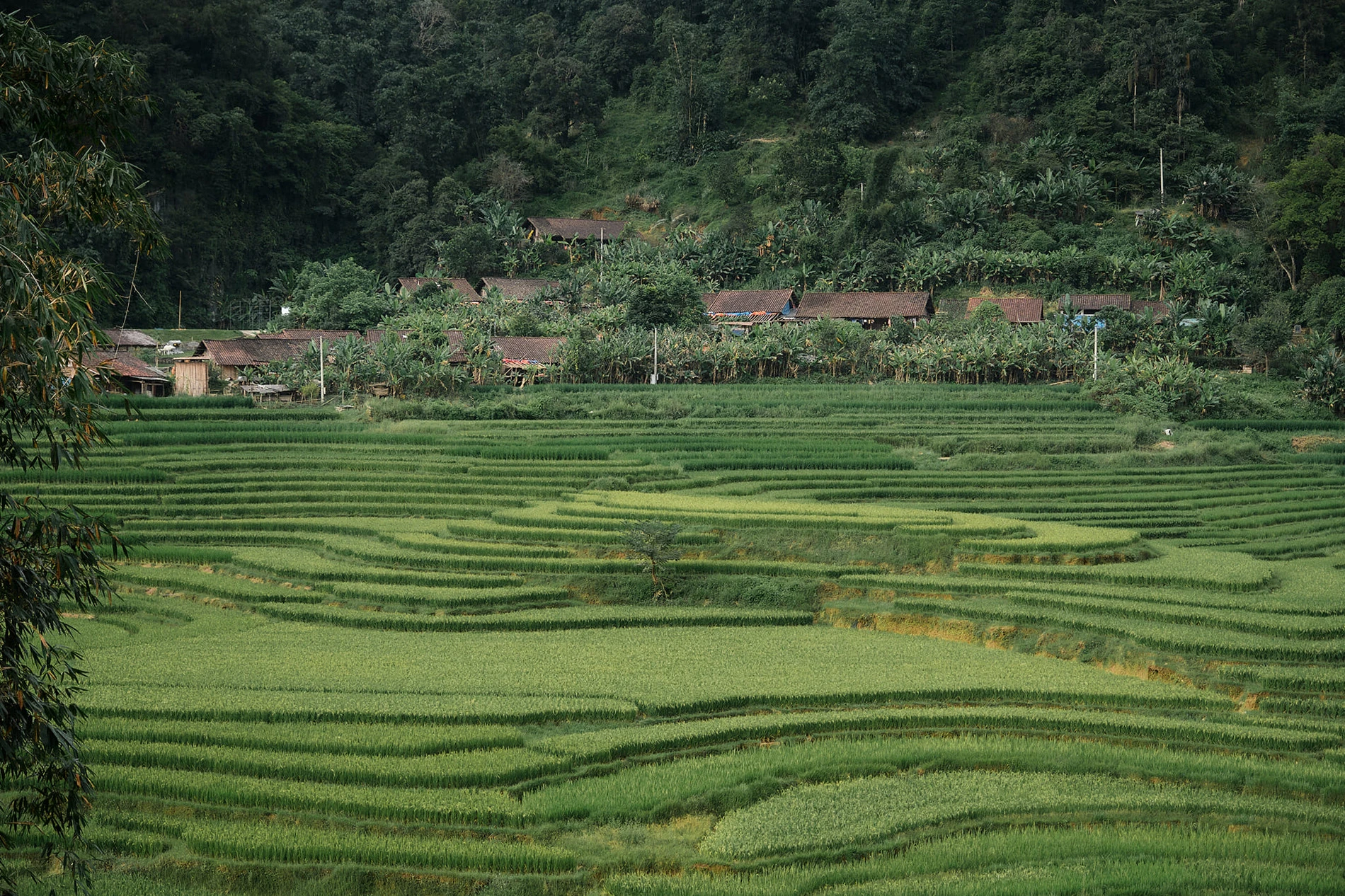
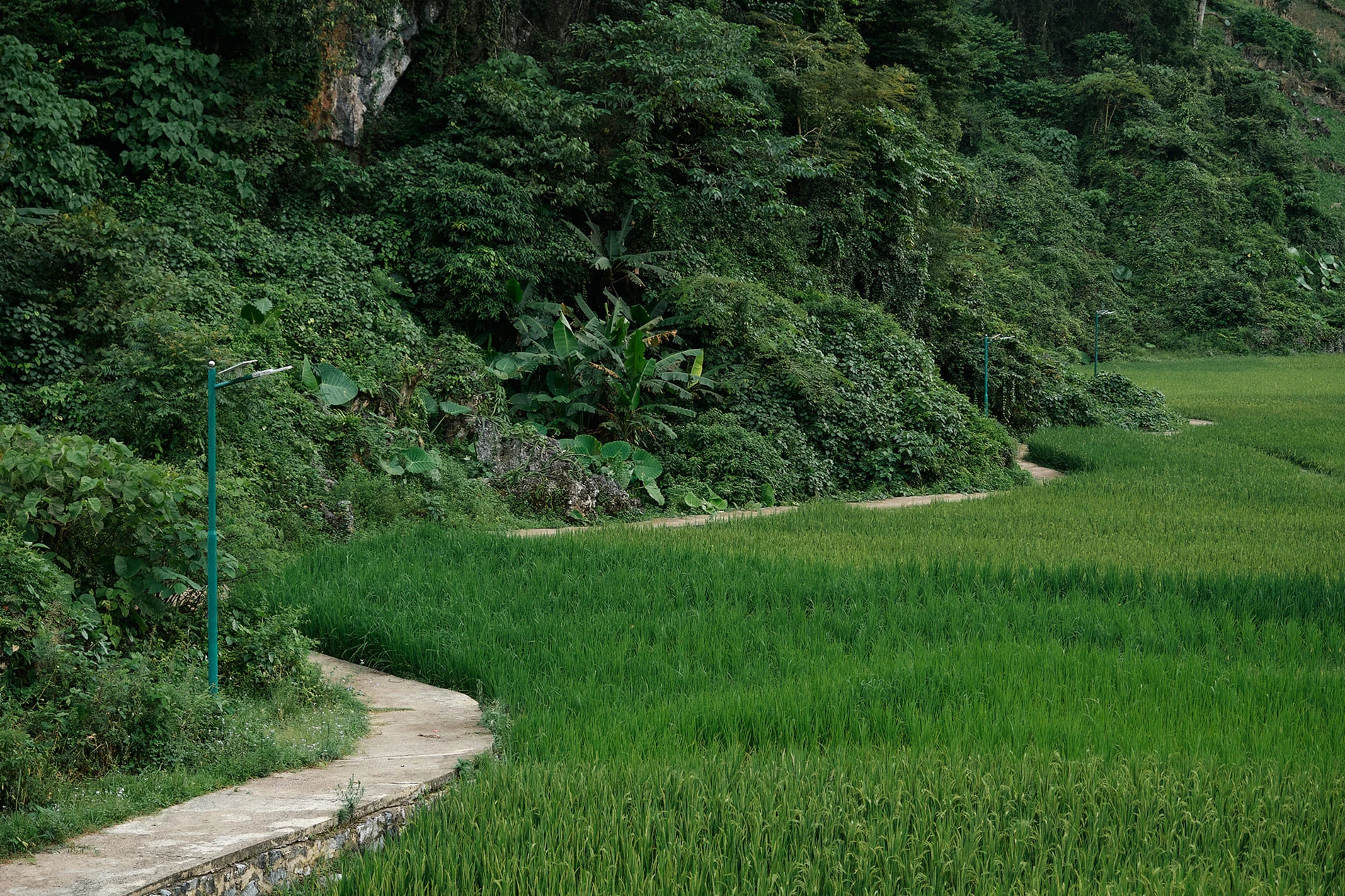
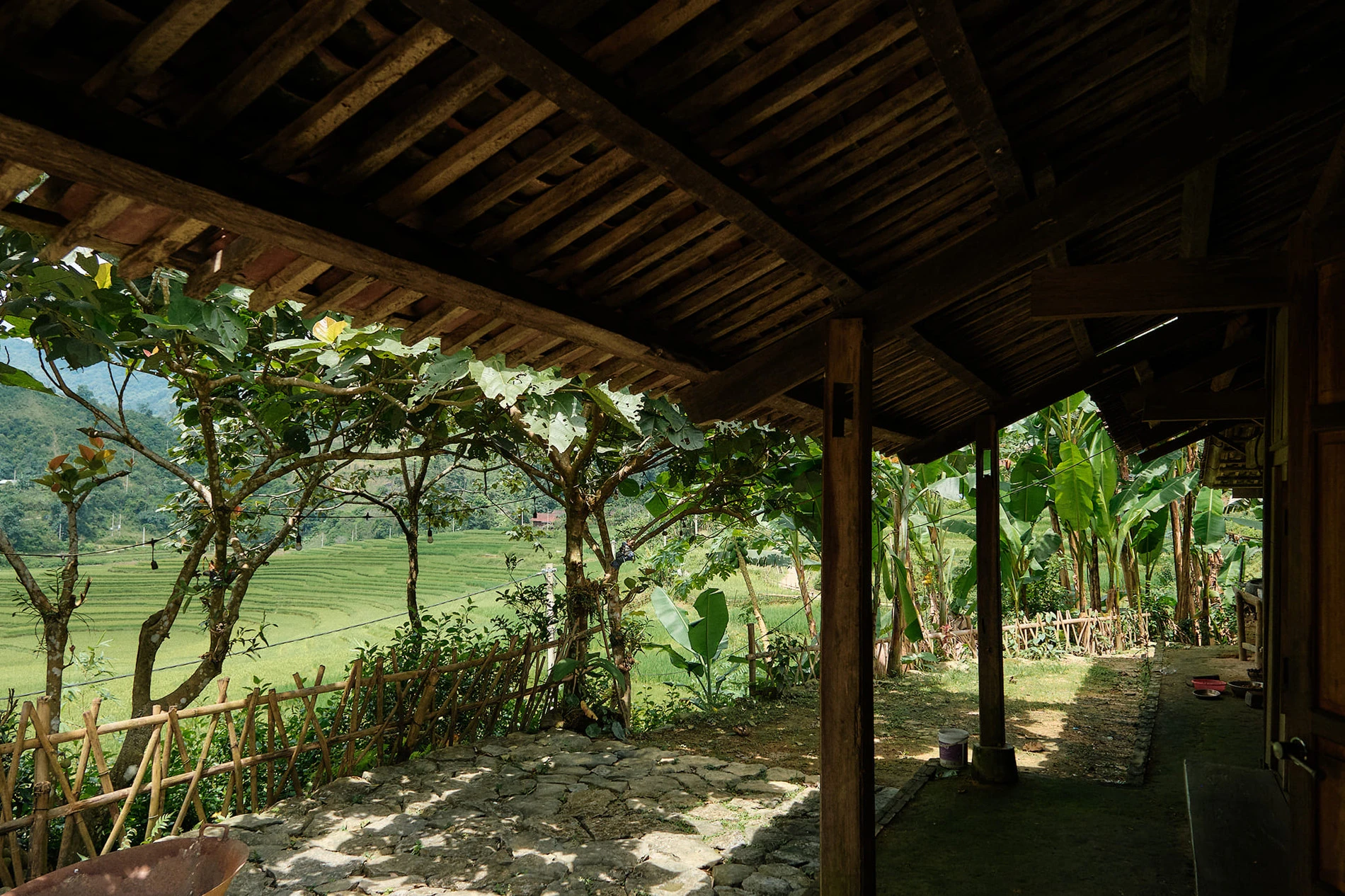
The road to Hoai Khao hamlet is quite easy to go, so tourists even if the steering wheel is weak can ride a motorbike to the place. The ideal time to visit Hoai Khao is from late July to mid-September every year. This is also the time when the small village is in the rice season, the scenery is beautiful and poetic, tourists everywhere they check-in have beautiful photos to take home.
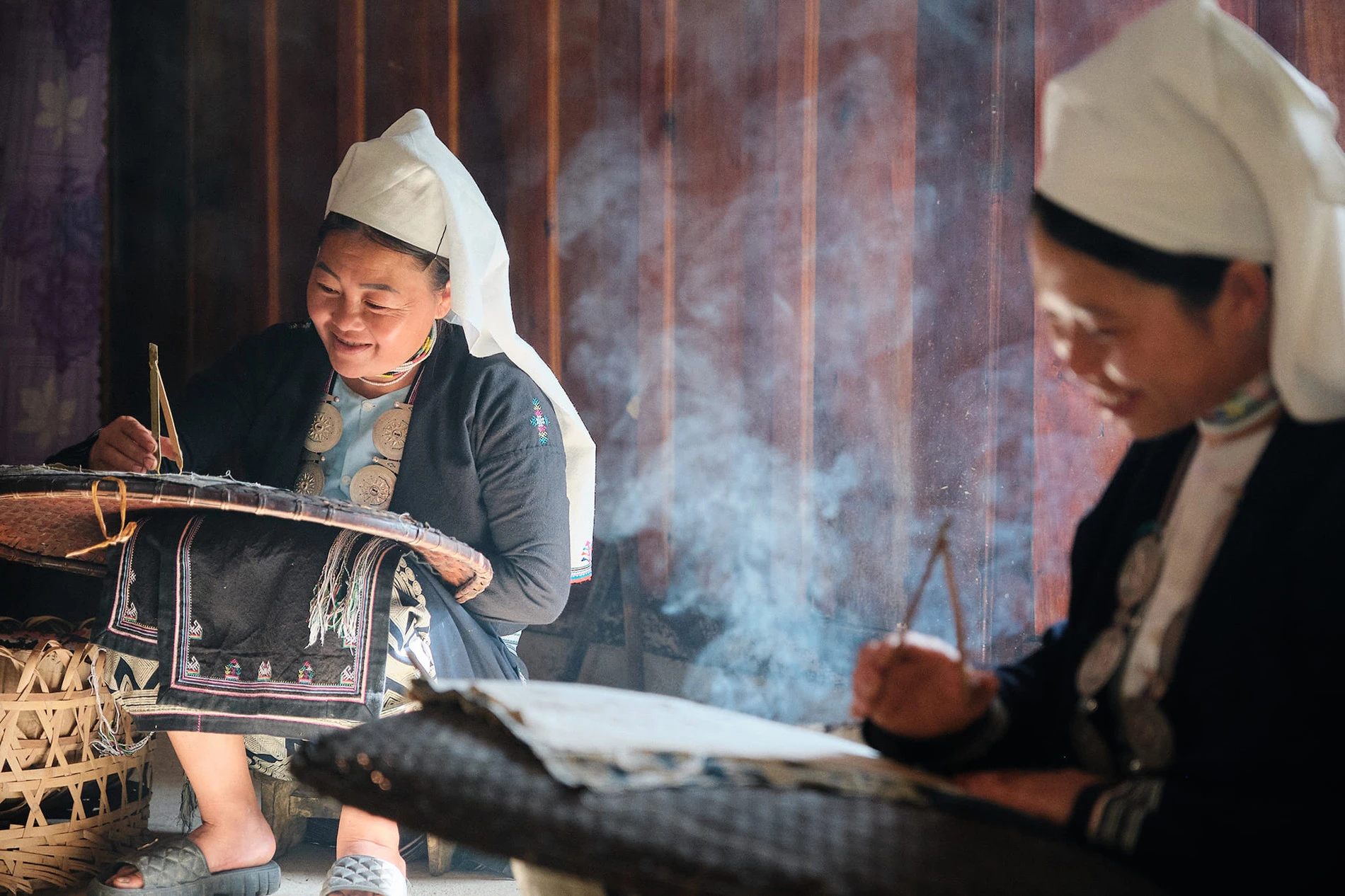
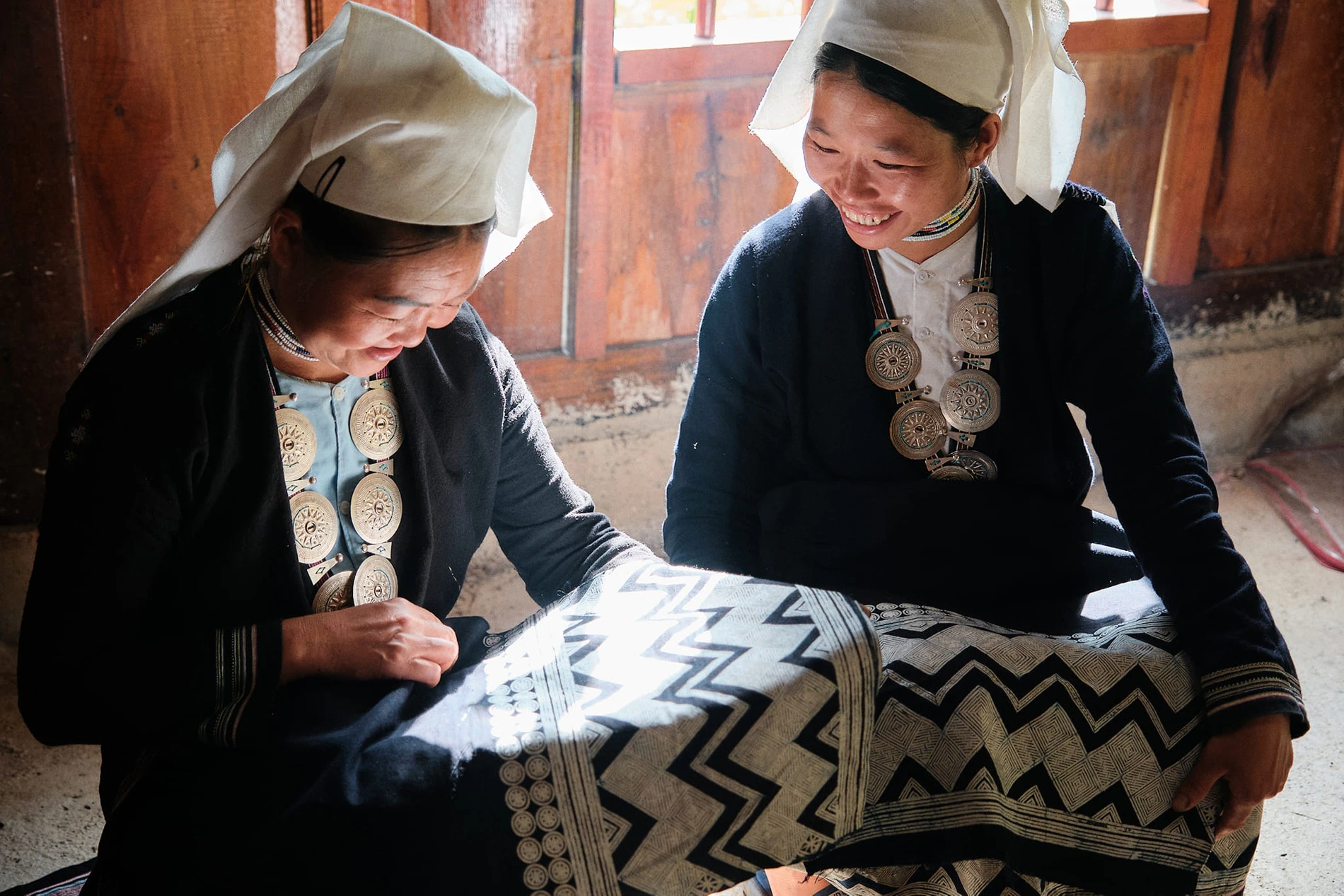
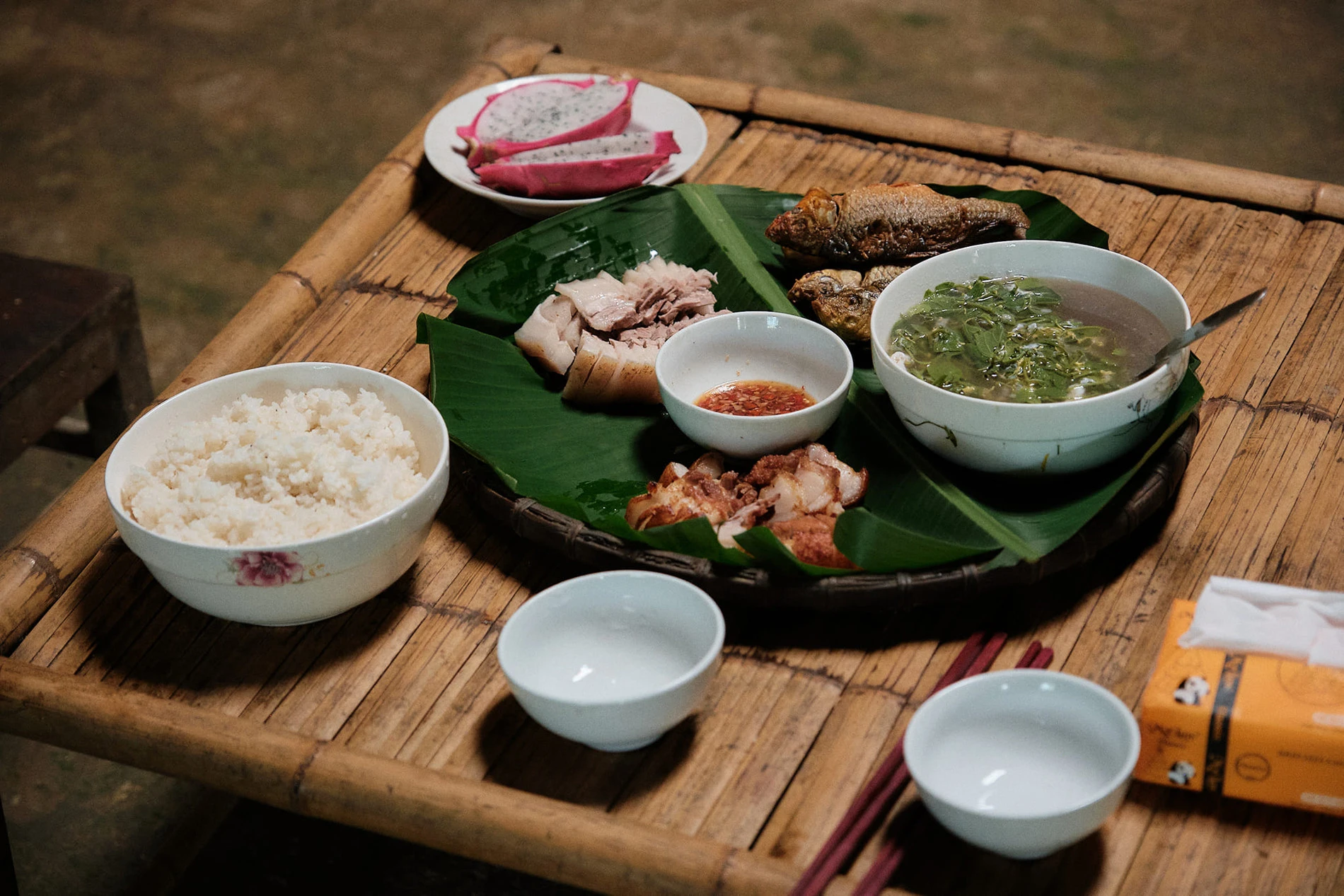
Although it is a new destination on the Cao Bang tourism map and not known to many people, Hoai Khao still leaves a strong impression on any tourist who has ever visited. It is a sustainable tourism platform, prioritizing nature and cultural conservation.
Photo: Hoang Minh Duc
Source: VNN
